Vertical Market Sales Kits
Humidification systems can provide benefits for so many different applications. To help you communicate to customers, these sales kits include a Selling Guide with market data and talking points for you, links to case studies and articles, a Customer Presentation for your potential customers, and a Buyer’s Guide to complement the presentation as a leave-behind brochure.*
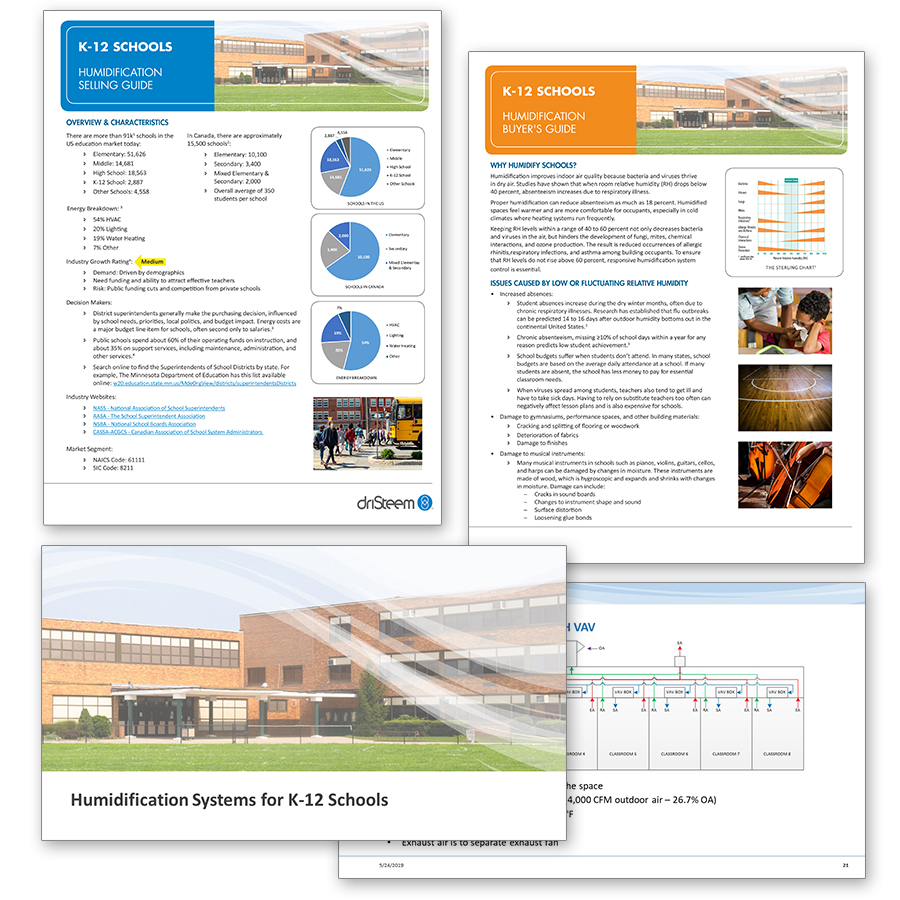
With the advancements in technology, electronics manufacturers face increasing challenges to producing high-quality products to stay competitive. As components and circuit sizes become smaller and more intricate, processes are increasing in complexity – higher component density, multiple layers, delicate parts, and precise placements – while operating margins are shrinking. Maintaining the appropriate humidity level within the facility helps to decrease damage and stress to electronic components, helping to protect reputations and improve ROI.

Manufacturers of pharmaceutical drugs are looking for ways to increase productivity and eliminate waste to meet the demands of consumers. Through a customized solution specific to a manufacturer’s needs, better control of relative humidity can create an additional layer of protection to protect product integrity, lower the risk of contamination, decrease the cost of production, and minimize waste.
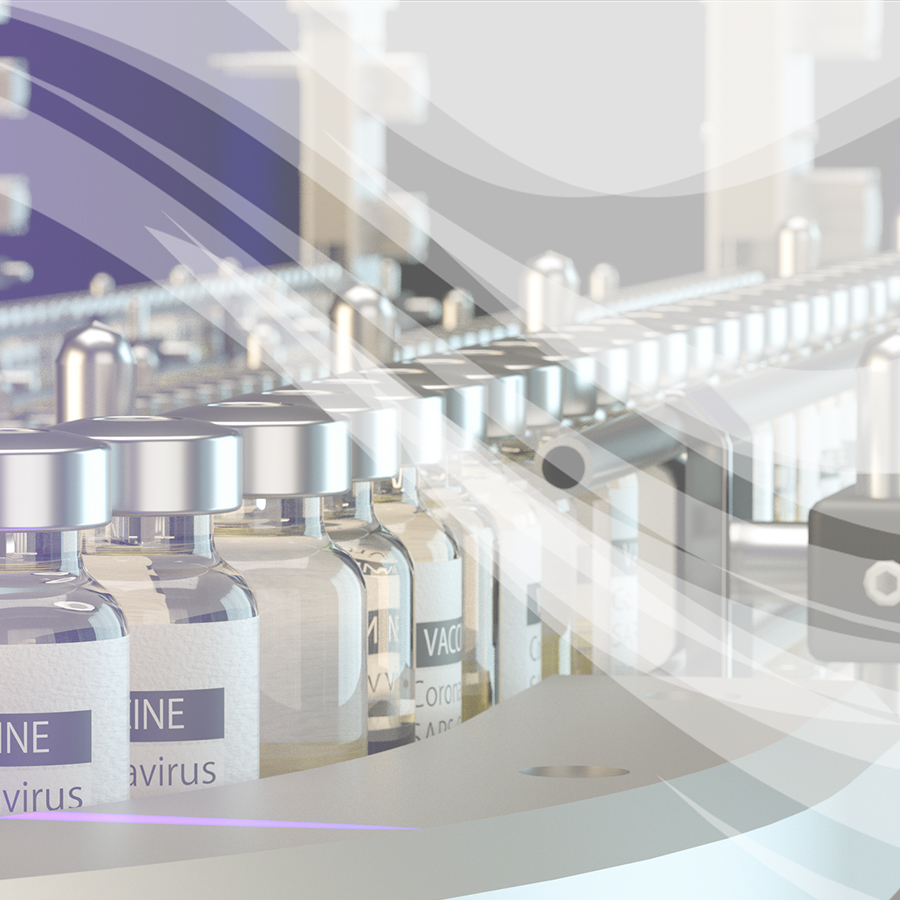
A primary concern in laboratories is the prevention of contamination, the potential for the growth of microbes and bacteria increases in an improperly controlled environment. When humidity levels are too low the potential for static buildup increases which allows contaminants to collect. In unfavorable conditions, microbes and bacteria reproduce at an exponential rate. This not only impacts testing results but also diminishes the life cycle of expensive equipment.

In kindergarten, elementary, middle, and high schools, student absences increase during the dry winter months, often due to chronic respiratory illnesses. School budgets suffer when students don’t attend, resulting in less money to pay for essential classroom needs. Low or fluctuating relative humidity levels also can cause major damage to gymnasiums, performance spaces, and other building materials.
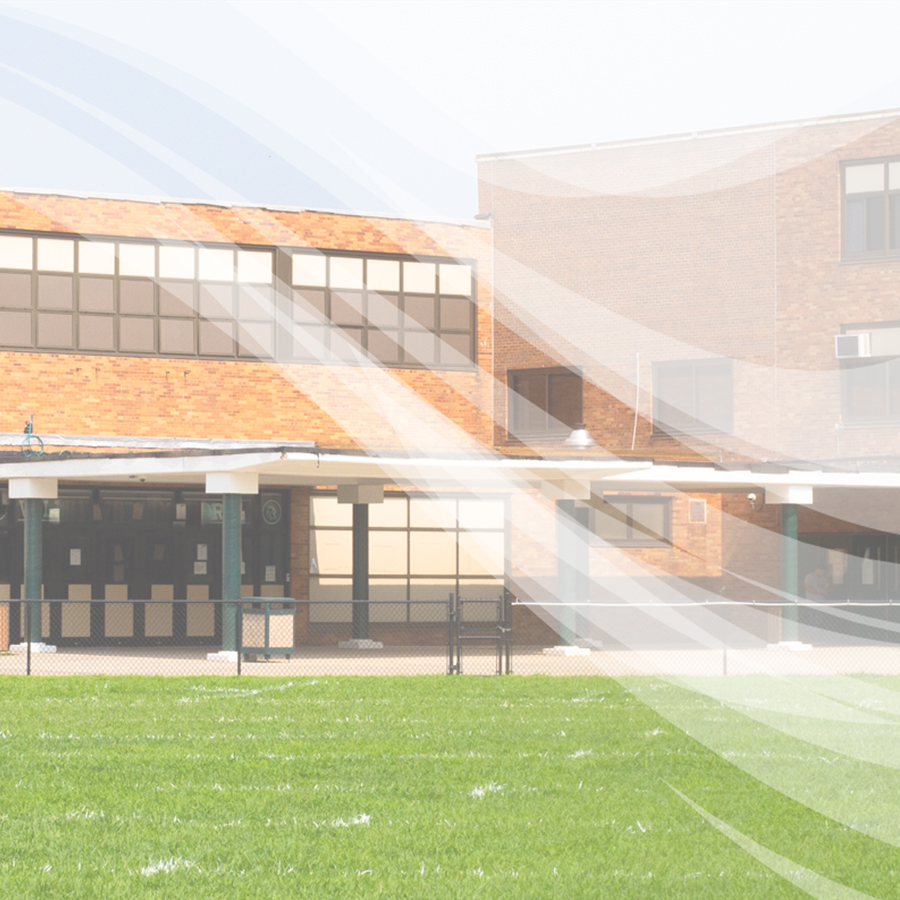
A typical commercial printer has different presses and binding equipment to work on various types of jobs. Proper humidification levels address many issues in the pressroom, including problems caused by electrostatic discharge (ESD), while improving productivity by protecting material quality and contributing to a healthy work environment.

Controlled environment agriculture (CEA) is a technology-based approach toward food production. The aim of CEA is to provide protection and maintain optimal growing conditions throughout the development of the crop. Production takes place within an enclosed growing structure such as a greenhouse or building.

Humidification is a critical component of the HVAC system for continuing care and assisted living applications. Dry indoor air can increase the incidences of infections, cracked skin and dehydration, which can be especially threatening to older residents who are often immune-system compromised.
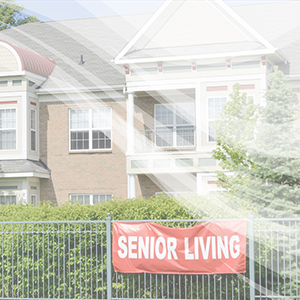
University students live in close proximity to one another – attending sporting events, living in the dormitories, collaborating in lecture halls, and dining together in campus cafeterias – which creates many opportunities for viruses like SARS-CoV-2 and seasonal influenza viruses to easily spread. Regulating the relative humidity (RH) within the enclosed spaces of universities can add an additional layer of defense against the spread of viruses, protecting the well-being of the staff and students.

Downtime and outages can cause decreased productivity, damaged reputation, and lost revenue for data centers. On a daily basis data centers face insurmountable amounts of risk, environment conditions being one of them. Air circulation with too little humidity results in dry air, elevating the risk of electrostatic discharge (ESD). While too much humidity will cause condensation to form, leading to damage, corrosion and eventually equipment failure of motherboards, hard drives and in connecting sockets. Whether too little humidity or too much, both can lead to unexpected downtime resulting in lost revenue and upset clients.

Museums and galleries play an integral role in preserving the history of societies and are a significant resource to communities, giving their visitors the experience to view and learn about artifacts from all over the world. Museums face many challenges when protecting and preserving their collections, from the environmental impact on artifacts to the financial risks they may incur. Controlling the relative humidity (RH) within a museum or gallery with a humidification system helps preserve and protect exhibits while also lessening the financial risks.
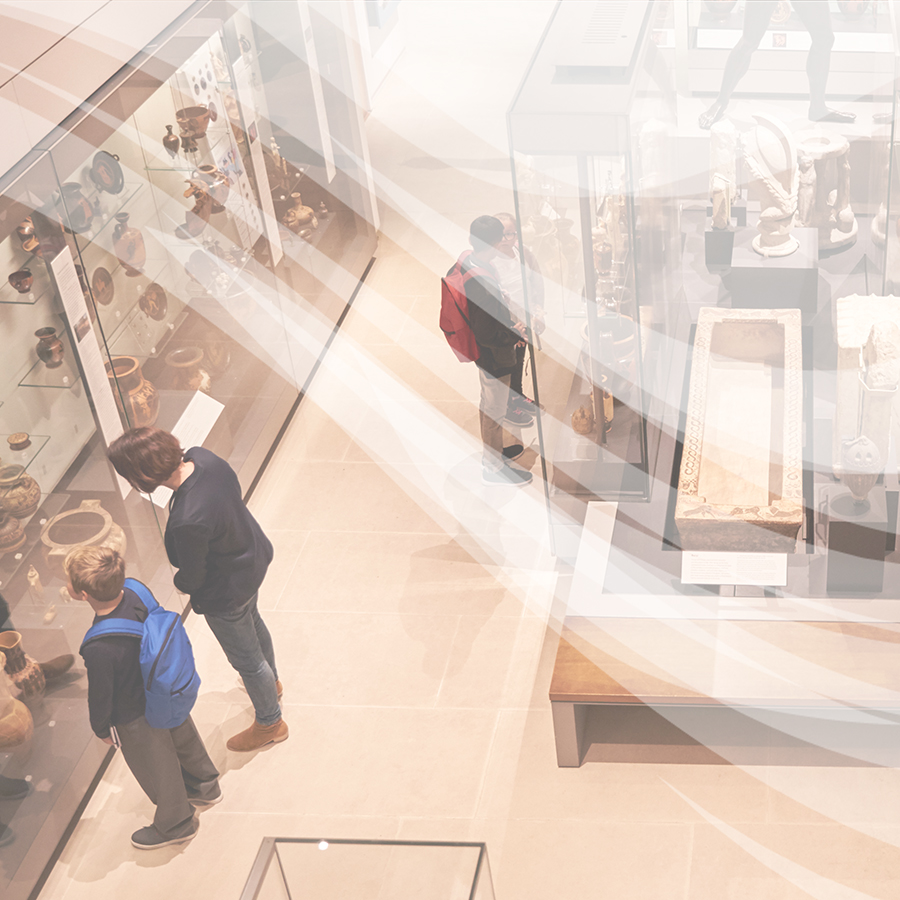
Even with preventive measures and mitigation strategies in place, correctional facilities face an extraordinary challenge protecting incarcerated people and staff from airborne viruses. Overcrowded facilities, close-contact settings, and poor ventilation create an ideal environment for the spread of viruses like SARS-CoV-2.
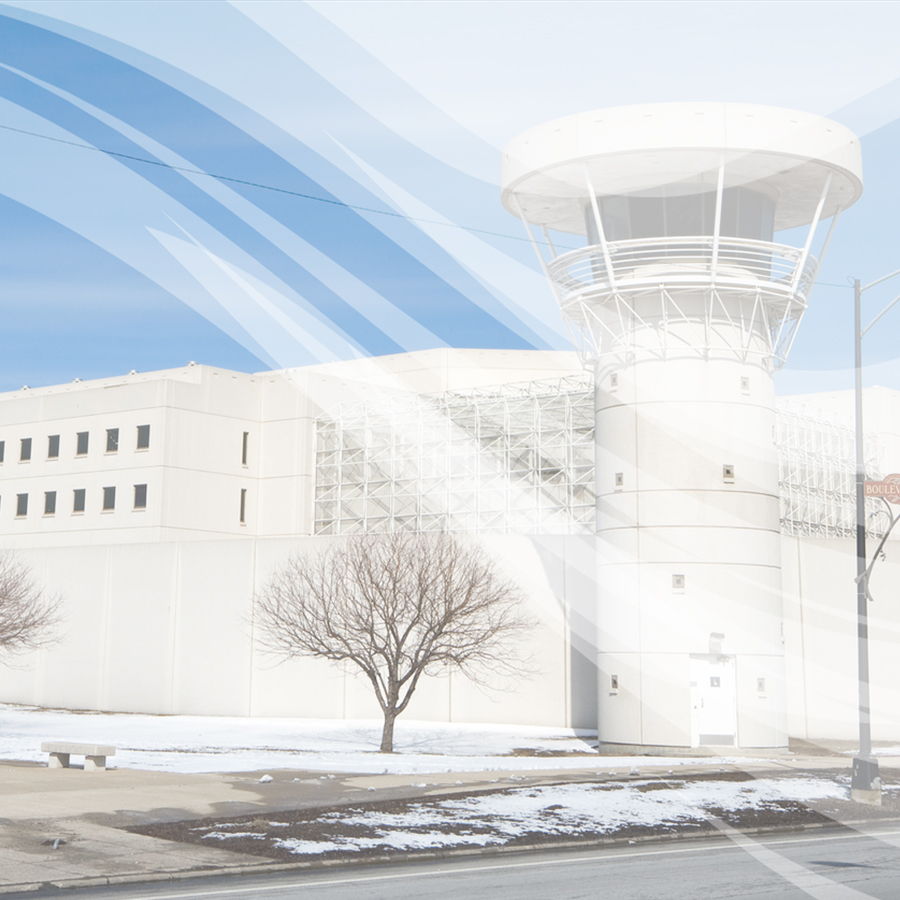
Elderly residents in these facilities are especially vulnerable to health and wellness issues caused by dry air such as respiratory problems, skin irritations, dry nasal passages, dry eyes, and sore throats. Low or fluctuating relative humidity levels can have a negative impact on the overall wellness of residents and staff because it makes it easier for infections to spread.
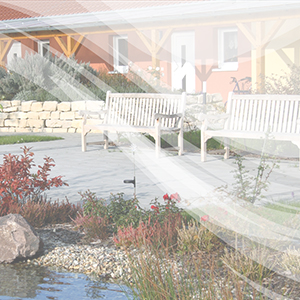
Companies in this industry include include physicians, dentists, outpatient care centers, and imaging and diagnostic facilities. Overly dry indoor air can have adverse effects on people’s health and well-being, damage materials, and impair equipment operation. In these facilities, maintaining proper humidity levels is an essential and critical responsibility.

* To print brochures from an office printer, open the PDF and print it to 11″ x 17″ size paper, on both sides (select the setting “Duplex: flip on short edge”). The brochure can be then folded in half. Ask your Regional Sales Manager if you would like a set of professionally printed copies. Allow 2-3 weeks for delivery.
There are over 16 million state and local government employees and thousands of citizens who visit government facilities on any given day. Controlling the humidification within government buildings will reduce the spread of airborne viruses such as SARS-CoV-2 and create a more comfortable environment for employees and visitors.

